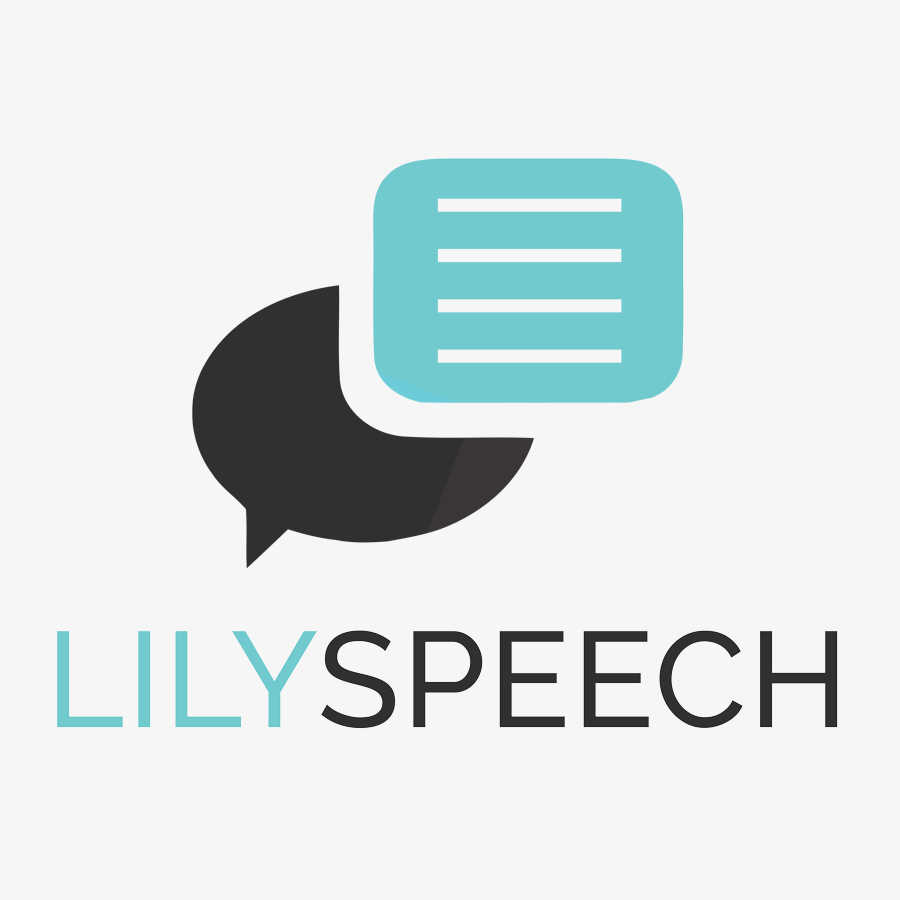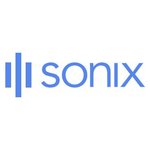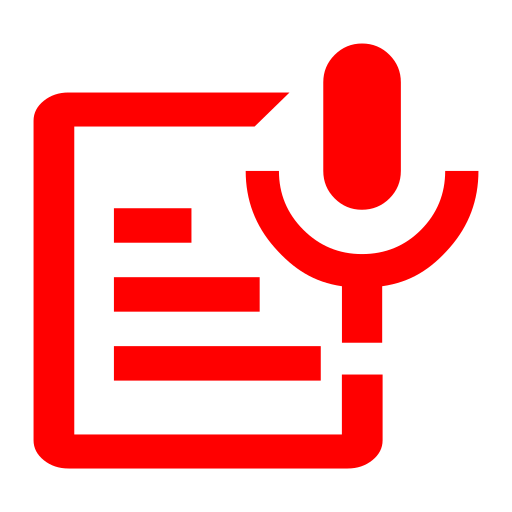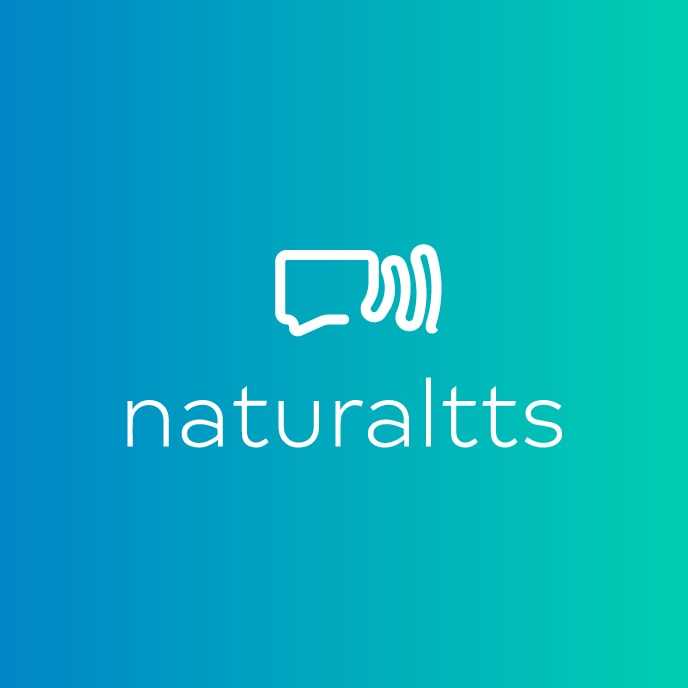What Is Voice Recognition Software?
Voice recognition software, often known as voice recognition software, is a technology that allows users to manage their device or computer by speaking commands. It works by transcribing spoken words into text and then carrying out the required action or command. To recognize and interpret human speech effectively, the program uses complex algorithms and machine learning techniques.
Aside from basic commands like launching applications or inputting text, speech recognition software can execute more complex tasks like conducting web searches, sending emails, and navigating through various software programs. This technology has advanced significantly over the years, and many modern speech recognition software can properly recognize diverse accents, dialects, and even languages.
There are two types of speech recognition software: speaker-dependent and speaker-independent. Speaker-dependent software requires the user to teach it by speaking specific phrases and words, resulting in more accuracy and personalization. Speaker-independent software, on the other hand, can recognize a broader spectrum of voices and requires no training. Voice recognition software has many uses in both personal and business contexts.
Individuals can benefit from having hands-free control over their gadgets, which is especially advantageous for people with impairments or those who constantly multitask. In the workplace, it can boost productivity by allowing employees to dictate documents or manage equipment without having to pause and type. When choosing speech recognition software, there are a few important considerations.
The software's accuracy and speed should be prioritized, as well as its interoperability with various operating systems and software programs. Some software provides additional functionality, such as voice commands for specific programs or the ability to generate bespoke voice commands. Overall, voice recognition software has transformed how we interact with our devices and has become an indispensable tool for many individuals and enterprises. Understanding its features, varieties, and aspects to consider allows you to make an informed selection and select the best voice recognition software for your requirements.
What Are The Recent Trends In Voice Recognition Software?
Voice recognition software popularity and development have recently increased dramatically. This is owing to a number of industry developments and advancements that have increased the accuracy and functionality of these systems. As a buyer, you must understand these patterns in order to make an informed selection when buying speech recognition software.
One of the most prominent trends is the incorporation of AI and ML technology into voice recognition software. This has resulted in major advances to the accuracy and natural language processing capabilities of these systems. AI and ML enable software to learn and adapt to a user's voice pattern and speech habits, yielding more accurate and personalised results.
Another trend is the increased use of natural language processing (NLP) techniques in speech recognition software. NLP enables software to interpret and process human language, including idioms and slang, facilitating user interaction with the system. This simplifies voice recognition software and eliminates the need for sophisticated commands or syntax.
On the hardware side, voice recognition software is now compatible with a variety of devices, including smartphones, smart speakers, and even automobiles. This has greatly enhanced the accessibility and application of voice recognition technologies in everyday life. Furthermore, there has been a shift towards cloud-based speech recognition systems, which enable faster processing and integration with other applications.
Finally, with the rise of virtual assistants such as Amazon Alexa and Google Assistant, voice recognition software has evolved beyond basic speech-to-text capabilities. These assistants can now do a variety of functions using voice commands, including organising appointments and operating smart home equipment. This has expanded the possibilities for the usage of voice recognition software in a variety of sectors and applications.
Benefits Of Using Voice Recognition Software
Voice recognition software, often known as speech recognition software, is a cutting-edge technology that employs artificial intelligence to understand and respond to spoken words. This unique program has grown in popularity in recent years since it provides multiple benefits to a wide range of industries and individuals.
Let's explore, the main benefits of adopting speech recognition software and how it may boost your productivity and efficiency.
1. Increased Efficiency And Productivity: One of the most significant benefits of adopting speech recognition software is the ability to boost efficiency and productivity. This software allows you to do activities with your voice, eliminating the need to type. This is especially useful for professionals who frequently multitask and want a hands-free method to complete their responsibilities.
2. Time-Saving: Voice recognition software can save you a lot of time by allowing you to dictate your thoughts and ideas directly into your computer or device. This speedy and accurate way of input can help you complete your work faster, giving you more time to focus on other vital things.
3. Enhanced Accessibility: Voice recognition software improves accessibility for people with physical disabilities or impairments. By offering an alternative to traditional typing, it removes obstacles and enables everyone to efficiently use technology.
4. Improved Accuracy: As artificial intelligence has advanced, speech recognition software has gotten much more accurate at recognising and interpreting spoken words. It may learn and adapt to your voice, increasing its accuracy with time. This minimises the need for continual corrections while increasing overall efficiency.
5. Hands-Free Operation: Voice recognition software is designed to be totally hands-free, allowing you to conduct tasks without touching your device. This feature is especially handy for people who have their hands full, such as doctors at a hospital or chefs in a bustling kitchen.
6. Cost-Effective: While there is an initial cost to obtaining speech recognition software, it can prove to be cost-effective over time. Users who boost their productivity and efficiency might save money on labour costs and accomplish more in less time.
7. Personalization: Voice recognition software allows you to create custom word lists and shortcuts for often used words and phrases. This function can reduce time and enhance accuracy as the software learns your voice and vocabulary.
Important Factors To Consider While Purchasing Voice Recognition Software?
When it comes to acquiring speech recognition software, there are several important elements to consider before making a purchase.
Here are the main elements to consider while choosing the proper voice recognition software for your needs:
1. Accuracy And Speed: The primary requirements for any voice recognition software are accuracy and speed. A decent program should be able to understand and transcribe spoken words with high accuracy while also processing input swiftly.
2. Compatibility: Before investing in speech recognition software, be sure it works with your present gear and operating system. Before purchasing software, ensure that it meets the system requirements and is compatible with your system.
3. Language Support: If you need the program to recognize and transcribe in different languages, make sure it supports those languages. Not all speech recognition software covers all languages, so make sure to look for this option.
4. User Interface: The software's interface should be straightforward to use and navigate. This is especially significant if you are unfamiliar with speech recognition software and may require assistance with its installation or customization.
5. Training And Customization Options: Some voice recognition software requires training to improve accuracy and recognize the user's voice better. Look for software that includes training choices and the opportunity to personalize voice profiles for each user.
6. Security: Because voice recognition software frequently contains sensitive information, it is critical to select a software that includes strong security measures to protect your data.
7. Editing And Formatting Features: A decent voice recognition program should not only accurately transcribe your speech, but also provide editing and formatting tools to make document creation easier and more efficient.
8. Customer Service: It is critical to select software that provides enough customer service, whether via phone, email, or chat. In the event of a technical difficulty or question, fast and helpful assistance can make a major difference.
9. Cost And Licensing: Voice recognition software can range from simple, free alternatives to sophisticated, enterprise-level software. Before making a purchase, carefully analyze your budget and available licensing choices.
What Are The Key Features To Look For In Voice Recognition Software?
When considering purchasing speech recognition software, several critical characteristics must be considered in order to make an informed purchase. These characteristics can have a significant impact on the software's functionality and usability, thus it is critical to select the proper solution for your unique requirements.
The following are the key features to look for when assessing speech recognition software:
1. Accurate Speech Recognition: Voice recognition software's principal function is to accurately convert spoken words into text. As a result, the software should be highly accurate in recognising speech, including various dialects and speech patterns. Look for software that has been well tested and confirmed to be highly accurate.
2. Multi-Language Support: If you need to transcribe or dictate in more than one language, make sure the software you use supports numerous languages. This allows you to switch between languages without switching software or changing any settings.
3. Advanced Editing And Formatting Choices: In addition to effectively transcribing your speech, voice recognition software should provide advanced formatting and editing choices for your writing. This includes the option to add punctuation, correct typos, and format text according to your preferences.
4. Compatibility: Make sure that the speech recognition software is compatible with your computer's operating system and any other devices or tools you intend to use it with. Check for compatibility with various devices, including smartphones, tablets, and digital recorders.
5. Customisation: Look for software that lets you customise the language and commands to meet your individual requirements. This will help to enhance accuracy and efficiency in the transcription process.
6. Integration: For best efficiency, select voice recognition software that is compatible with other apps you frequently use, such as word processors, email programs, and productivity tools.
7. Speech Training: Some speech recognition software includes voice training, which allows the software to learn your unique voice and increase accuracy over time. This feature can be very useful for people who have unusual speech patterns.
8. Noise Cancellation: If you intend to use speech recognition software in a noisy setting, seek for a model that includes noise cancellation technology. This can help to enhance accuracy and lessen frustration when dictating.
9. Mobile App: For people who frequently work on the go, combining speech recognition software with a mobile app might be a useful tool. This allows you to dictate and transcribe documents using your phone or tablet.
10. Customer Assistance: Finally, select a speech recognition program that provides dependable customer assistance. If you have any problems or queries, you should be able to acquire the help you need to use the product properly. Look for products that provide phone, email, and live chat assistance.
Why Do Businesses Need Voice Recognition Software?
In today's fast-paced business world, firms are continuously seeking for ways to improve efficiency and productivity. Voice recognition software has become increasingly popular in recent years. This new technology enables users to enter data and orders using their voice rather than traditional typing or clicking methods. So, why do businesses require speech recognition software?
There are several main reasons:
1. Increased Productivity: Time is money in company, and manual data entry may be time-consuming and unpleasant. Employees may finish jobs considerably faster with speech recognition software than typing, allowing them to focus on other critical activities and enhancing overall productivity.
2. Cost Savings: Manual data entry can result in costly errors, as even the most diligent personnel make mistakes. Voice recognition software drastically lowers errors, removing the need for costly repairs and ultimately saving businesses time and money.
3. Accessibility: In today's global economy, firms must be accessible and adaptive to a wide customer base. Voice recognition software enables businesses to communicate with non-native speakers and people with disabilities, resulting in a more inclusive and efficient workplace.
4. Multitasking: Voice recognition software enables users to multitask seamlessly. Instead than pausing to type or click, employees can just express their thoughts, enhancing efficiency and decreasing distractions.
5. Streamlined Processes: Voice recognition software may automate tedious jobs like data entry, allowing staff to focus on more important work. It also connects with other software and applications, resulting in a smoother workflow and better productivity. Overall, using voice recognition software can result in considerable increases in productivity, cost savings, accessibility, and multitasking capabilities.
How Much Time Is Required To Implement Voice Recognition Software?
The implementation time for speech recognition software varies depending on numerous aspects, including the product's complexity, the number of users, and the level of customisation necessary. On average, the process can last from a few weeks to a few months. During the early stages, your team will need to collaborate closely with the software provider to set up the system, customise it to meet your specific requirements, and integrate it with any existing software or systems.
This may include installing hardware and software components, scheduling user training sessions, and completing any necessary testing and troubleshooting. Once the software is up and running, users will most certainly experience a learning curve as they adjust to the new technology. This may take some time, and it is critical to provide enough support and training throughout this period to guarantee a smooth transition.
It is also important to note that implementation time is simply one factor to consider. Ongoing maintenance and support will be required, and the program may require updates or upgrades in the future, which will cost time and resources.
What Is The Level Of Customization Available In Voice Recognition Software?
When it comes to speech recognition software, consumers frequently seek a solution that can be customized to their individual requirements and preferences. The level of customization available in speech recognition software varies by model and brand. However, the majority of high-quality speech recognition software allows users to customize it significantly.
Voice recognition software can be customized in several ways, including through training. The user speaks specific words and phrases to assist the software learn their unique voice patterns and accents. This improves the accuracy and personalization of voice recognition. Another feature of customization is the ability to write custom commands or macros.
This allows users to set shortcuts for frequently used words or phrases, making dictation and navigating even more efficient. Some software also enables for advanced customization of these commands, such as assigning distinct actions to specific voice intonations or tone. In addition, many speech recognition software allows you to develop custom dictionaries. This allows users to create and maintain their own vocabulary, which includes abbreviations, acronyms, and industry-specific terms.
This can significantly enhance accuracy for those who work in fields that require specialized language. Another important component of customization in speech recognition software is the ability to change settings and preferences. This can involve altering the microphone's sensitivity, modifying the language or dialect utilized, and specifying personal punctuation or formatting preferences.
These settings allow users to tailor the software to their specific needs and preferences. It's vital to note that the extent of customization may differ depending on the software and brand. Some may have more complex customization options than others. Before purchasing speech recognition software, be sure to explore the customization possibilities and choose the finest product for your needs.
Which Industries Can Benefit The Most From Voice Recognition Software?
Voice recognition software, also known as voice recognition software, is gaining popularity in a variety of industries due to its capacity to turn spoken words into text, making daily tasks more efficient and hands-free.
While speech recognition software can serve a wide range of sectors, these are some of the most promising.
1. Healthcare Industry: In the healthcare industry, time is of the importance, and every way to improve efficiency is highly desired. Healthcare practitioners can use speech recognition software to write patient notes, record medical procedures, and update patient records quickly and precisely, saving time and lowering the chance of error. This technology also enables clinicians to have more natural and engaging conversations with their patients by eliminating the distraction of manual note-taking.
2. Legal Industry: Lawyers and legal professionals are frequently burdened by excessive documentation and paperwork. This procedure is expedited with voice recognition software, allowing legal professionals to dictate legal papers and correspondence more quickly and precisely. This technology also helps with transcribing, making it easier to look for specific information in legal papers.
3. Customer Service Industry: The customer service sector thrives on excellent communication, whether over the phone, through chat, or via email. Voice recognition software can aid in this aspect by transcribing client interactions in real time, allowing reps to focus on developing rapport with customers rather than taking notes. This technology also helps with data entry, lowering the likelihood of typos or errors when collecting consumer information.
4. Educational Industry: Educators frequently have to balance lecturing, taking attendance, and grading assignments. Using voice recognition software, educators may effortlessly dictate notes or lectures, freeing up more time to interact with students. Students with impairments will benefit from this technology as well, as it will make taking notes more accessible.
5. Business Industry: Voice recognition software may revolutionise business operations, from collecting meeting minutes to compiling reports. This technology enables employees to multitask more efficiently and minimises time spent on tiresome administrative duties, resulting in enhanced productivity. It also allows remote workers to interact hands-free, making cooperation more efficient and easy.
Conclusion
Finally, speech recognition software has advanced significantly in recent years and now provides numerous benefits to both organizations and consumers. It is a technology that has significantly increased the efficiency and accuracy of a variety of tasks, including dictation and transcription, customer service, and data entry. When deciding on the best speech recognition software for your purposes, you should consider the software's accuracy and compatibility, as well as its features and price.
Customer feedback and support options should also be explored to provide a smooth and successful experience with the program. Overall, voice recognition software has become an indispensable tool in today's fast-paced environment, with the ability to significantly expedite and improve a variety of operations. Businesses and individuals can improve their productivity, accuracy, and general efficiency by using the right software and implementing it correctly. We hope this buyer's guide has given you useful information and helped you make an informed decision about the best speech recognition software for your needs. Thank you for reading.

















